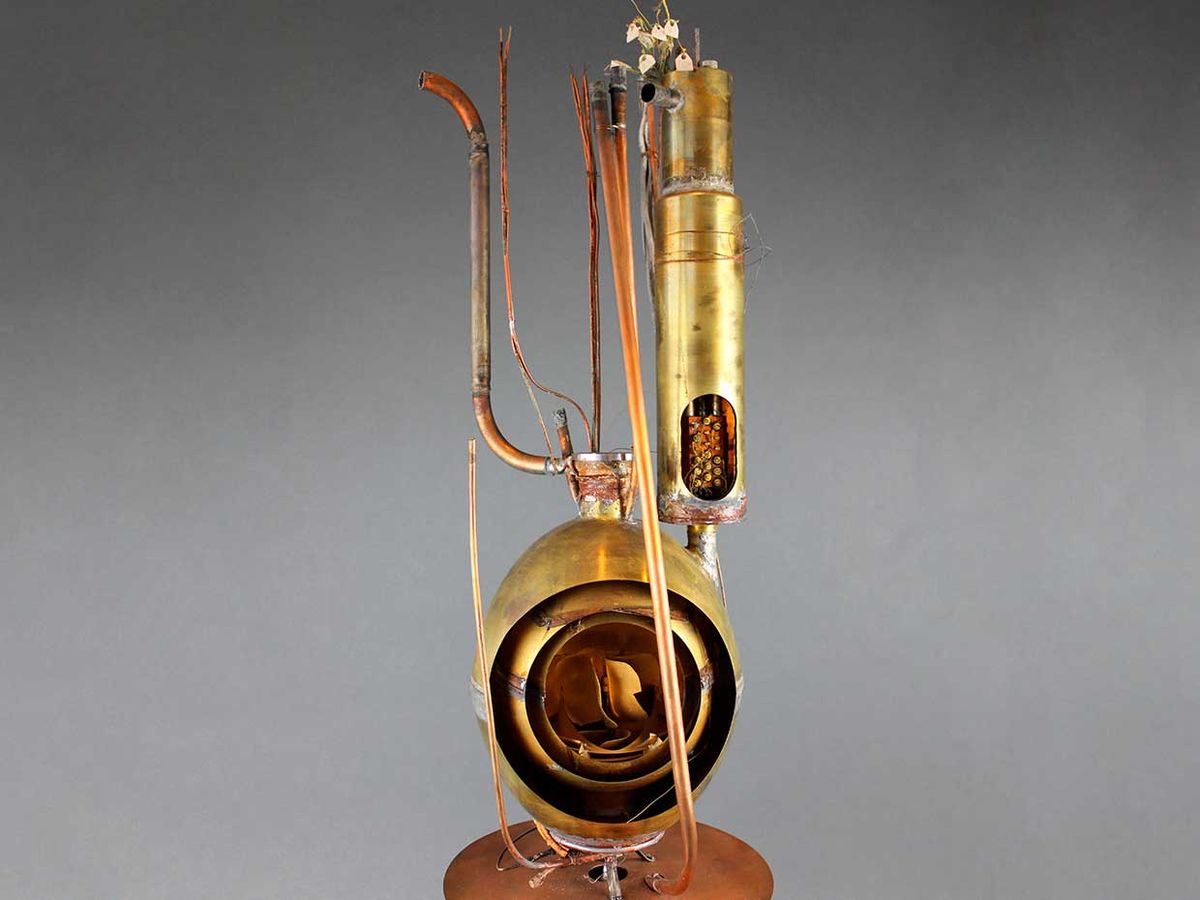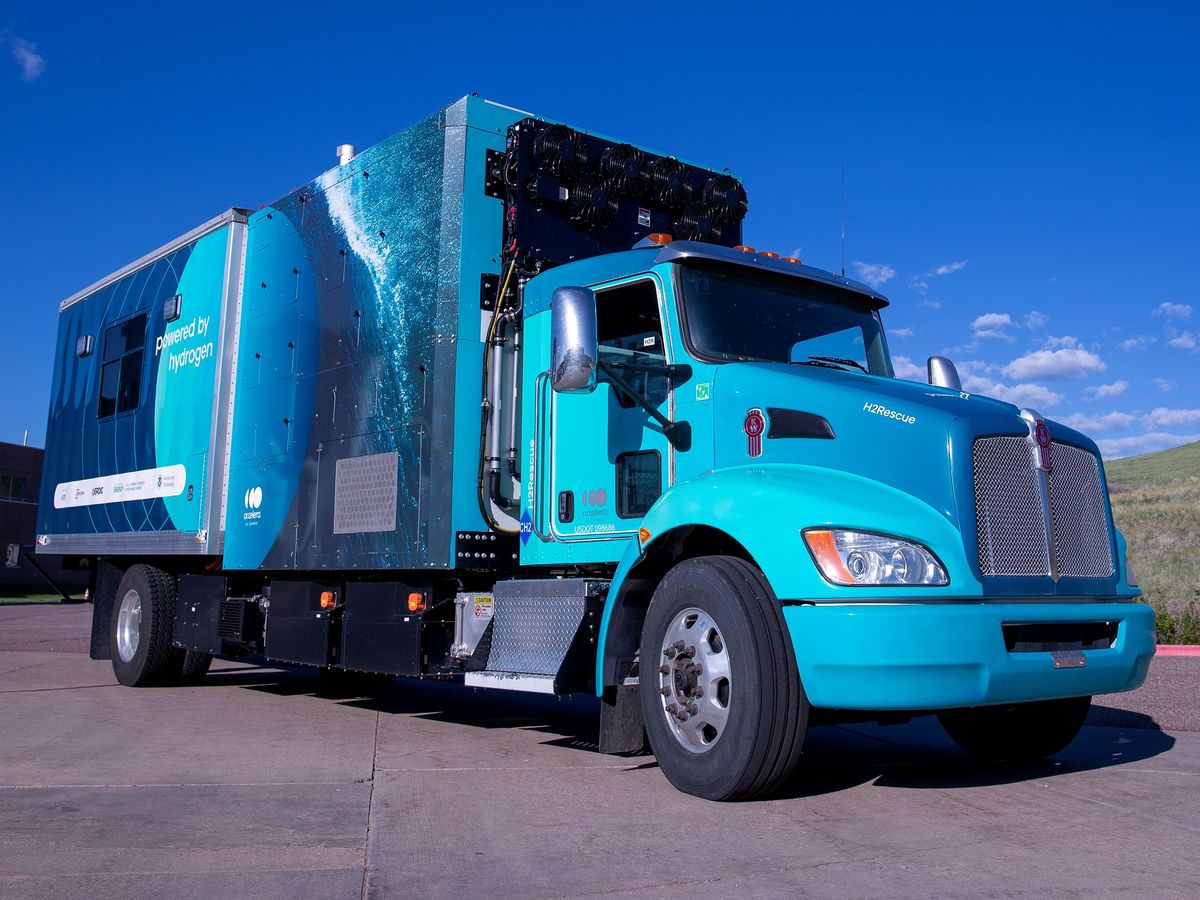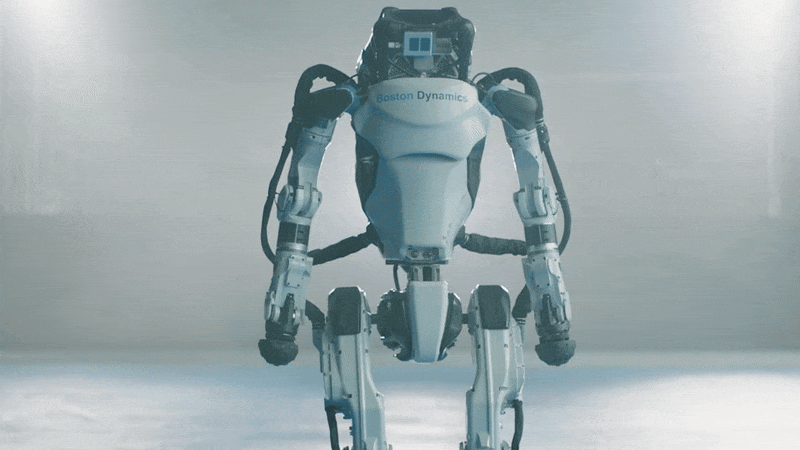A new year means another attempt to pay more attention to what I eat in the never-ending hope of trimming my waistline. Naturally my thoughts turn to counting calories and a renewed fascination with Wilbur O. Atwater. It was Atwater who introduced American audiences to the Calorie as a unit of energy for food. (More on the distinction between “Calorie" and “calorie" in a bit.)
Atwater was a professor of chemistry at Wesleyan University in Connecticut from 1873 to 1907. His interest in nutrition and metabolism evolved over time, especially after he traveled to Munich and learned of German techniques for analyzing the nutritional content of food. He investigated the correlation between the chemical energy from food and manual labor, because he wanted to make sure that workers had an appropriate diet.
In 1887, Atwater published an article called “ The Potential Energy of Food" [PDF], in which he defined the Calorie as the amount of heat that would raise the temperature of a kilogram of water one degree centigrade (or a pound of water 4 degrees Fahrenheit). He wanted to show that a unit of heat could be a unit of mechanical energy, and so he also defined a Calorie as 1.53 foot-tons—that is, the force needed to lift a ton by one foot.
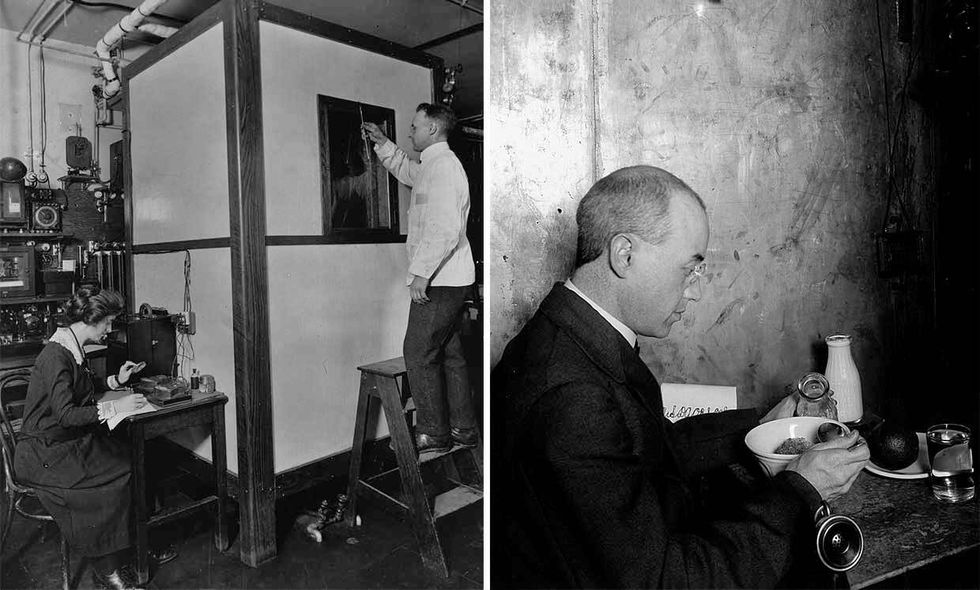
In his article, Atwater listed the Calorie counts of various foods by the pound, such as beef, round, rather lean (807); butter (3,691); cows' milk, both regular (308) and skimmed (176); oatmeal (1,830); and turnips (139). His figures were based on his estimates of the amounts of nutrients, protein, fat, and carbohydrates in each food, plus some experiments. Although modern calorie counts for these foods differ slightly from Atwater's, we still use his estimates that a gram of protein contains 4.1 Calories and a gram of lipids 9.3 Calories.
One instrument Atwater relied on in his experiments was a bomb calorimeter. Already in widespread use at the time, it measures the heat given off during a reaction. A sample is placed in a steel reaction vessel called a bomb, which is then immersed in water. An electric current ignites the sample, and the water bath absorbs the resulting heat. The temperature of the water is recorded at defined intervals.
Atwater, along with Wesleyan physicist Edward Rosa and chemist Francis Benedict, also developed a respiration calorimeter. It let the scientists estimate the calories consumed by a human subject, by measuring the person's intake of oxygen, output of carbon dioxide, and the resulting quantity of heat produced. The calorimeter was a copper box 6 feet high, 4 feet wide, and 7 feet deep (1.8 by 1.4 by 2.1 meters) that was encased in wood and zinc to help maintain a constant temperature. The subject would remain in the box for up to 12 days, doing various assigned tasks, from lying at rest to exercising. These studies became the foundation for understanding metabolic rates.
And that's how we came to count calories. Except that it's not.
Defining the calorie took decades—and then the joule came along
Atwater did not coin the term Calorie. That distinction usually goes to Nicolas Clément, a professor of chemistry at the Conservatoire des Arts et Métiers in Paris. In 1819 Clément was teaching a course on industrial chemistry, and he needed a unit of heat for a discussion of how steam engines convert heat into work. He arrived at the calorie, which he defined as the quantity of heat needed to raise the temperature of 1 kg of water by 1 °C—the same definition Atwater later used. Clément, though, was more precise in specifying that the measurement was taken from 0 to 1 °C. Scientists accepted Clément's definition, and the calorie entered into French physics textbooks.
Among those texts were two by the French physicist Adolphe Ganot that were translated into multiple languages. Universities in Europe and the United States used the popular textbooks into the early 20th century. And so Clément's calorie entered the English language.
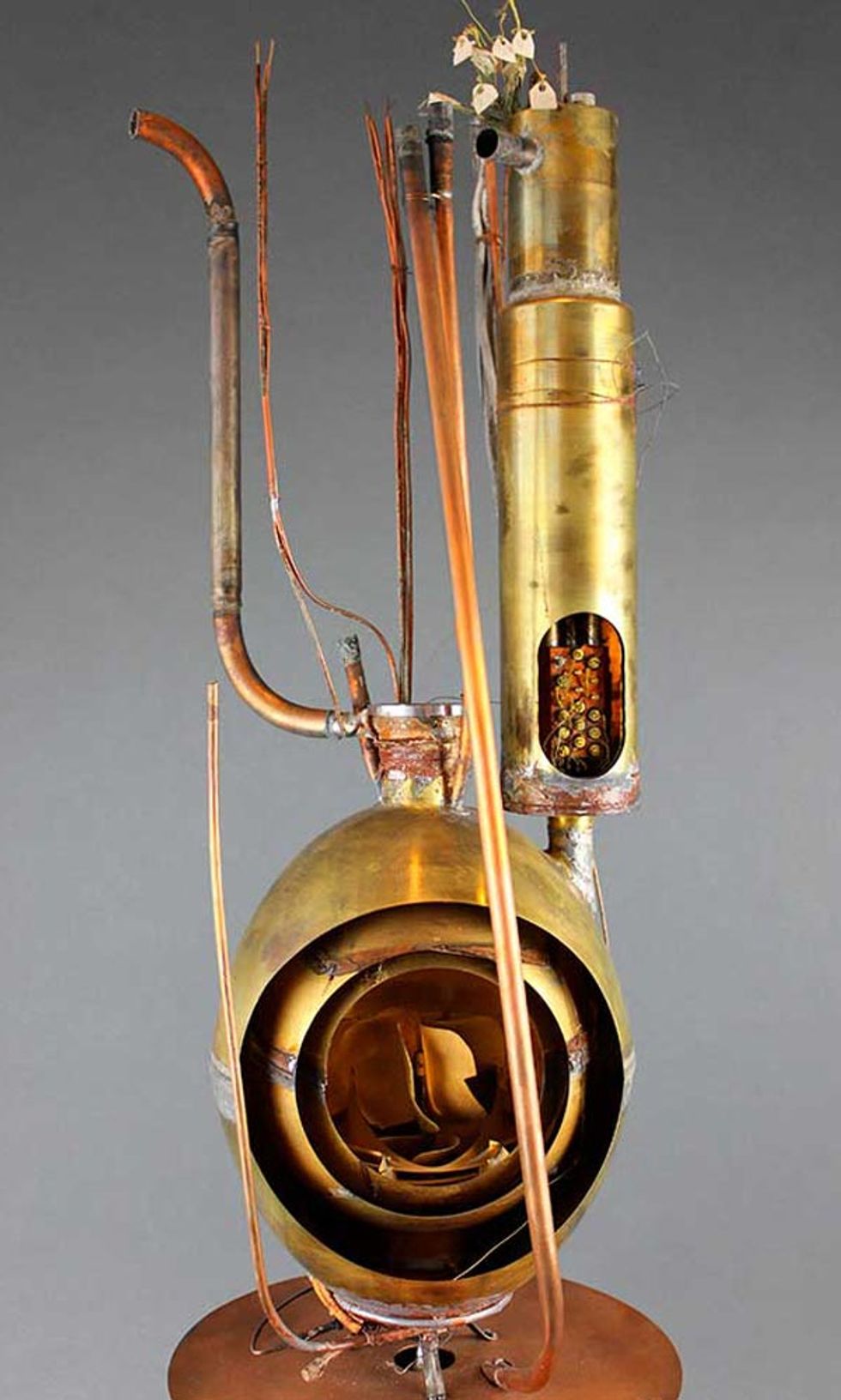
Meanwhile, though, another definition of the calorie was circulating. In 1852, the French chemist Pierre Favre and the French physicist Johann Silbermann defined their calorie as the amount of energy needed to raise the temperature of one gram of water by one degree centigrade—a difference in scale of 1,000! Favre and Silbermann published widely, and German scientists adopted their definition.
By the 1870s, the competing definitions of the calorie pushed French chemist Marcellin Berthelot to make a distinction. He defined the calorie (with a lowercase c) as a gram-calorie à la Favre and Silbermann, and the Calorie (capitalized) as the kilogram-calorie à la Clément. The calorie in turn became known as the “small calorie," while the Calorie became known as the “large calorie." In 1894, U.S. physician Joseph Raymond, in his classic textbook A Manual of Human Physiology, proposed calling the large calorie the kilocalorie, but the term didn't catch on until some years later.
Meanwhile, the British Association for the Advancement of Science was working on an entirely different energy unit: the joule. In 1882 William Siemens proposed the joule during his inauguration speech as chairman of the BAAS. Confounded by the calorie, Siemens argued: “The inconvenience of a unit so entirely arbitrary is sufficiently apparent to justify the introduction of one based on the electro-magnetic system." He defined a joule as the energy dissipated as heat when an electric current of one ampere passes through a resistance of one ohm for one second.
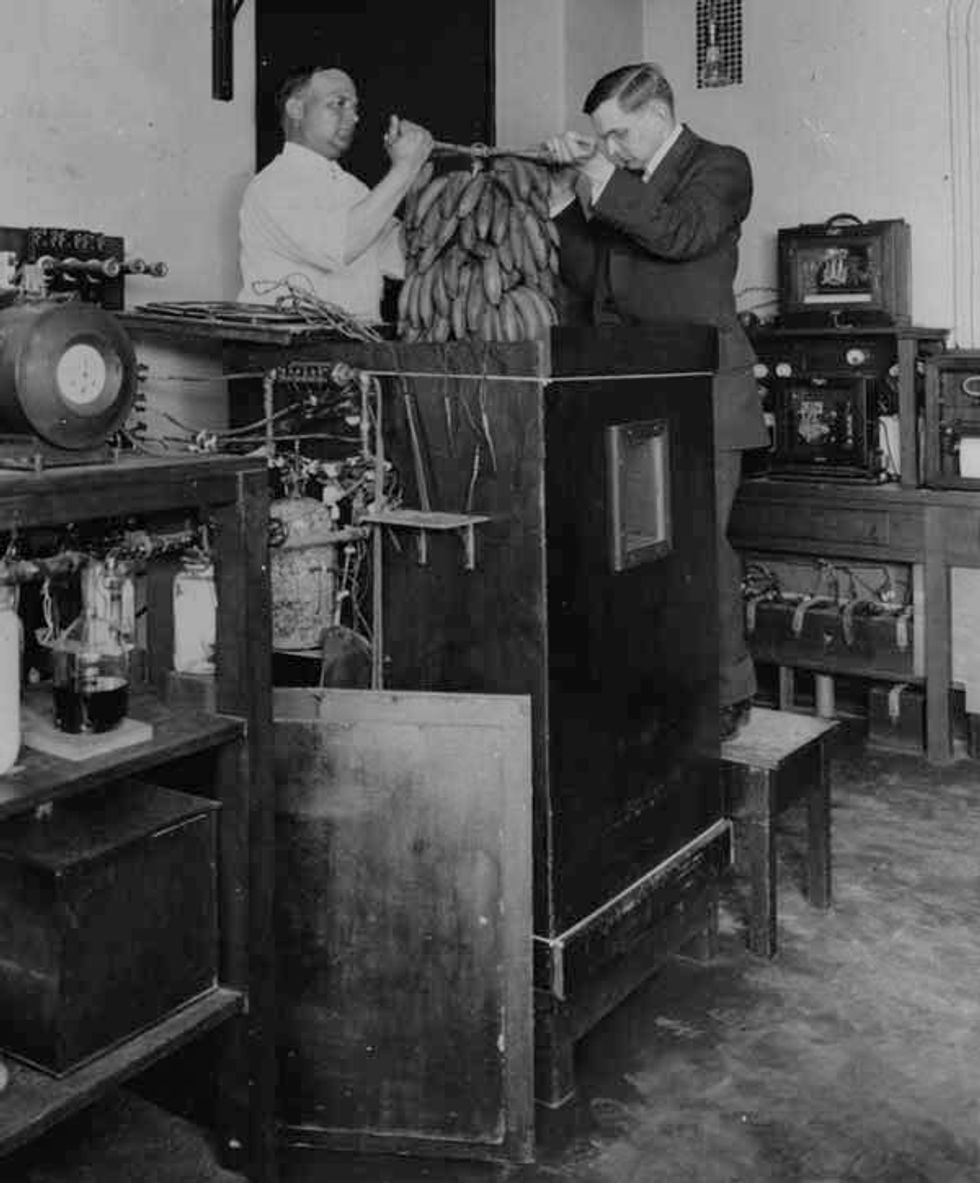
And so when Atwater was conducting his nutritional investigations of food, he had his choice of units for heat energy. He would have read about Clément's calorie in Ganot's translated textbooks. He would have come across Favre and Silbermann's calorie during his postdoctoral training in Germany. And as a man of science, he likely would have heard about the proposed joule, although Siemens's definition wasn't adopted until 1889, at the second International Electrical Congress.
James L. Hargrove of the University of Georgia has investigated the history of the calorie and offers a few suggestions as to why Atwater chose the Calorie. For one, it was the only unit of energy listed in American dictionaries. Perhaps more importantly, Hargrove suggests, the Calorie was of a manageable scale around which Atwater could create a recommended daily intake of 2,000 Calories. A daily intake of 2 million calories, on the other hand, would have seemed onerous.
U.S. nutritionists followed Atwater's lead, bolstered by tables that Atwater and his workers prepared for the U.S. Department of Agriculture listing the Calorie counts of over 500 foods. Atwater's daughter Helen assisted in his lab for a decade. After her father's death in 1907, she went to work for the USDA's Bureau of Home Economics.
Both the Calorie and the calorie were officially rendered obsolete in 1948 when the international scientific community adopted the joule as the standard unit of energy. As Siemens had noted, it was just too confusing to have two different definitions distinguished only by capitalization and orders of magnitude. To this day, though, U.S. nutrition labels continue to report Calories, while other countries give values in both kcals and joules.
Calorimeters guided the design of steam generators
Nutritionists weren't the only ones interested in calories. At the turn of the last century, demand for electricity was booming, and municipalities in many countries were building new power plants. With the invention of the steam turbine, generators became more complex and boilers operated at higher temperatures and pressures. Engineers desperately needed data about their steam equipment, yet they lacked internationally standardized values for the properties of water and steam. And so they turned to calorimeters that went back to Clément's original intent: measuring the work done by steam.
Beginning in 1921 and continuing for almost two decades, Nathan Osborne, Harold Stimson, and Defoe Ginnings worked at the U.S. National Bureau of Standards (now the National Institute of Standards and Technology) on this precise problem. The team developed the elegant calorimeter pictured at top to study the heat capacity and heat of vaporization of water at temperatures up to 100 °C.
The instrument, which has been cut away to show the interior, worked similarly to the bomb calorimeters that Atwater used. The spherical inner shell held the water sample. Energy was added by an electric current, and the scientists observed the change of state. Their data guided the design and evaluation of steam power equipment into the 1960s.
As Osborne noted in his 1925 report “ Calorimetry of a Fluid" [PDF], the adoption and refinement of electric heaters, resistance thermometers, and thermocouples allowed calorimeters to become a reliably accurate means of measurement in thermal research.
And so, whether calculating the energy in food or the heat capacity of water, calorimeters have been valuable instruments for chemists, physicists, and engineers for over two centuries. As we enter a new year, and as many of us take a renewed interest in calories, it seems only fitting to pay homage to the instruments that count them.
An abridged version of this article appears in the January 2021 print issue as “Counting Calories."
Part of acontinuing serieslooking at photographs of historical artifacts that embrace the boundless potential of technology.
Allison Marsh is a professor at the University of South Carolina and codirector of the university's Ann Johnson Institute for Science, Technology & Society. She combines her interests in engineering, history, and museum objects to write the Past Forward column, which tells the story of technology through historical artifacts.
